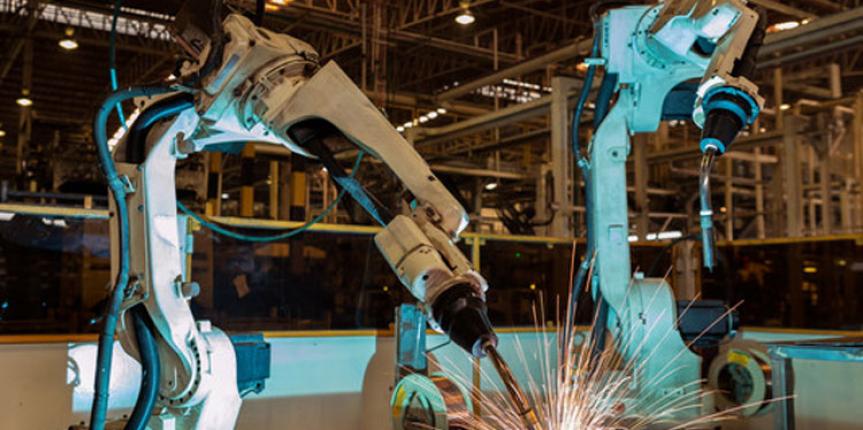
Like how every generation has something to remember from their times, so does the 21st century. This century is about technology, development, growth in all fields, especially the industrial, transport, commerce, and many others. The construction industry mainly operates on manual- intensive labor. Unlike other fields where robots and other kinds of technology are being used, the construction industry has still not yet set up a significant role for robots.
The construction industry may be the least digitalized industry, however, this can be changed, and projects can be finished more efficiently if construction robots are utilized. Some of them are Robots, 3D printing, exoskeletons, drones, and autonomous vehicles that are beginning to help the work get done.
Many promising solutions rely on machine learning and artificial intelligence to bring remarkable levels of data-driven support. For example, a robotic crane without a driver could transport materials around a worksite, or an aerial drone could collect information in a workplace, which can be used to compare against the plan.
Benefits of using Robots in Construction Industry
A few examples of how are robots used today in the Construction Industry-
1. Independent/ Autonomous Equipment will not need an Operator
Various companies in the construction industry are trying to build autonomous equipment and self-driving cars. Such equipment will be useful in transporting raw materials and supplies.
For example, the company Volvo is working on developing Hx2, equipment which will carry heavy load materials, it will be a driverless vehicle, which will be operated by digital logistics-driven control technology, and Volvo calls it “vision technology” because it would detect humans and also obstacles on its way while it’s on the move.
2. Conducting Survey and Inspection
When a construction project is going on, various surveys are undertaken and need to be conducted in and around construction to prevent future repercussions. Surveillance is also required for supervising workers and securing the site. Final inspection of the site is also required. Drones and Construction robotics can be used and will help all of these processes.
Aerial drones, along with ground-based robots, can be used to conduct various surveys in the worksite and gather multiple types of data. Virtual data and augmented reality can enable and help operators get a realistic feel of what the drones are seeing.
3. Construction Bots’ can Build Walls
A potential example of this kind of robot is Hadrian X, a bricklaying machine from Australia based FBR Ltd. It uses an intelligent control system to calculate the required materials and movements for bricklaying. It also measures environmental changes, such as movements of wind or vibrations, etc., this data can be used to improve the building process.
4. Imaging Technology
Latest Construction Technology can use sensors such as LIDAR with GPS technology, which can provide vital and crucial information about various worksites. Along with Artificial Intelligence, it can help anticipate what tasks are required and needed to be completed.
These most popular robots scan and assess the development of a construction project by traversing the construction site. The information it collects is vital and is used to detect potential errors and problems early and suggest ways to improve.
5. Operating Robots Remotely
The remote controlling technology can be used on semi-autonomous vehicles. Project managers can use it to deliver instructions and orders to their workforce instantly. Humans are still in the loop in using construction robotics; however, if we combine human supervision strengths with multiple technologies, it can do wonders in this industry. For example, Painting drones can be used since they can be controlled and used via tablet or smartphone via an app or software, and they can report the data they gather, which will be analyzed by supervisors.
This unmanned ground vehicle can roam around the construction site and capture critical information with its inbuilt sensors. The data is transferred and used for building information modelling of the construction project.
Conclusion
The International Federation of Robotics and the Robotic Industries Association has stated that the construction robotics market will experience an annual growth rate of 8.7% between 2018 and 2022. Automation and digitization are the driving force of a revolution in the construction industry, which has historically been moderate to accept new technologies. From former design to latter final inspection and maintenance, the full benefits of constructing construction robotics are yet to be realized.
